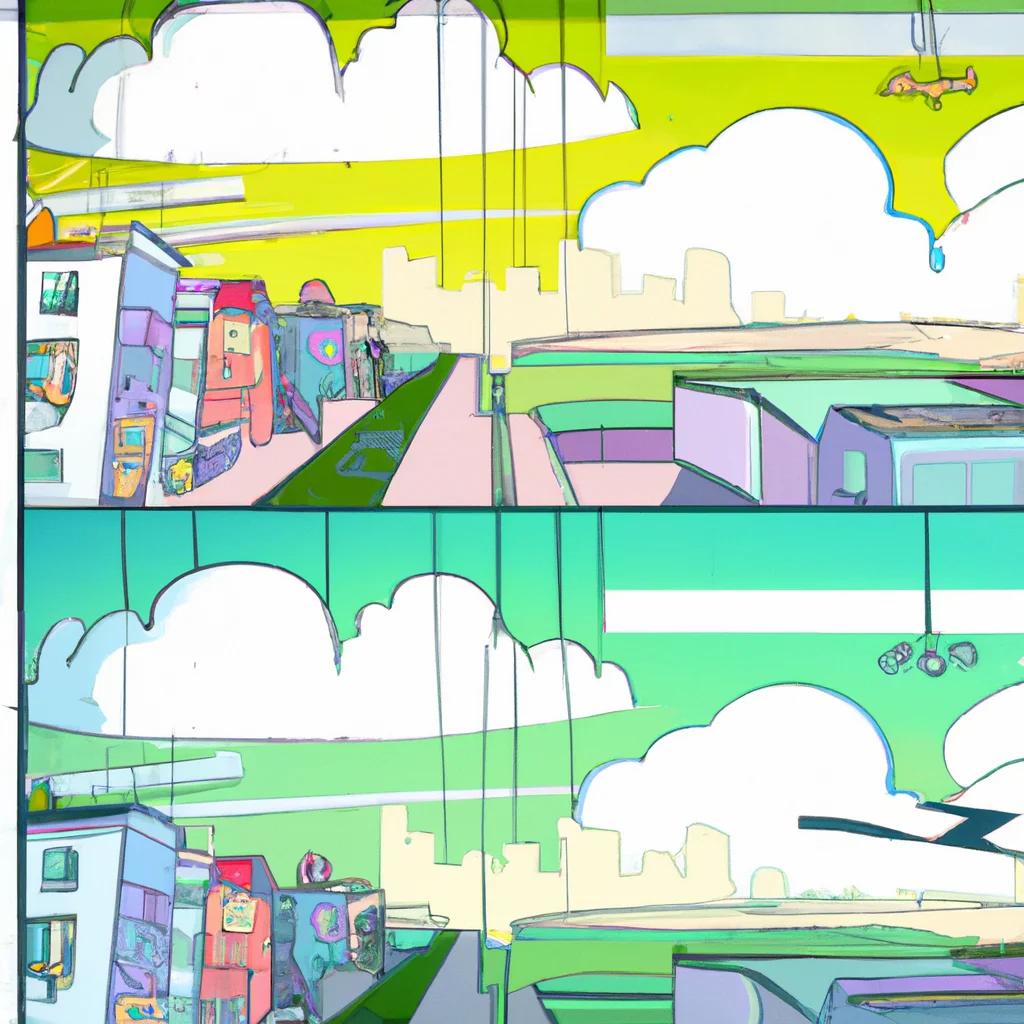What is the process of creating a comic book?


What is the process of creating a comic book?
Creating a comic book is a complex and creative process that requires a lot of time, effort, and dedication. Comic books are a form of art that combine storytelling, illustration, and design to create a unique visual experience for readers. In this article, we will explore the comic book creation process, including the steps to make a comic book, comic book design process, and how to create a comic book from scratch.
Step 1: Develop the Concept
The first step in creating a comic book is to develop a concept for the story. This involves thinking about the plot, characters, settings, and themes that will be explored in the comic book. The concept should be well thought out and should be able to engage the reader from the first page.
Step 2: Create an Outline
Once the concept has been developed, the next step is to create an outline for the story. This involves breaking down the story into individual chapters or issues and outlining the plot points, character arcs, and themes that will be explored in each chapter. The outline should be detailed enough to guide the writing and illustration process but flexible enough to allow for changes and adjustments as the story progresses.
Step 3: Write the Script
After the outline has been created, the next step is to write the script for the comic book. The script should be a detailed description of each panel, including dialogue, action, and visual elements. The script should also include notes for the illustrator regarding character design, settings, and other visual elements.
Step 4: Illustrate the Comic Book
Once the script has been written, the next step is to illustrate the comic book. This involves creating sketches of the characters, settings, and other visual elements and then refining them into finished illustrations. The illustrations should be detailed, expressive, and engaging, and should capture the tone and mood of the story.
Step 5: Design the Layout
After the illustrations have been completed, the next step is to design the layout of the comic book. This involves arranging the illustrations and text in a way that is visually appealing and easy to read. The layout should also include sound effects, captions, and other visual elements that enhance the storytelling.
Step 6: Lettering the Dialogue
Once the layout has been designed, the next step is to letter the dialogue. This involves adding the dialogue, captions, and other text elements to the illustrations. The lettering should be legible, consistent, and appropriate for the tone of the story.
Step 7: Color the Comic Book
After the lettering has been added, the next step is to color the comic book. This involves adding color to the illustrations and creating a color scheme that enhances the mood and tone of the story. The colors should be vibrant, eye-catching, and appropriate for the style of the illustrations.
Step 8: Proofread and Edit
Once the comic book has been completed, the final step is to proofread and edit the finished product. This involves checking for spelling and grammar errors, ensuring that the story flows well, and making any necessary adjustments to the illustrations, layout, or lettering.
Creating a comic book is a complex and multi-step process that requires a lot of time, effort, and dedication. However, with the right tools, resources, and guidance, anyone can create their own comic book. Whether you are a seasoned professional or a beginner, following these steps can help you create a comic book that is engaging, visually appealing, and tells a compelling story.
Recent Posts
How do I create an engaging and informative online quiz or assessment?
Creating an engaging and informative online quiz or assessment can be a powerful tool for… Read More
What are the most effective methods for managing and reducing work-related stress in the hospitality industry?
Work-related stress is a common issue in the hospitality industry, where employees often face long… Read More
How can I improve my assertiveness and communication skills in a leadership position?
In a leadership position, assertiveness and effective communication skills are crucial for success. Being able… Read More
What are the key elements of a successful employee recognition and rewards program?
Employee recognition and rewards programs play a crucial role in motivating and engaging employees, as… Read More
How do I effectively manage and respond to customer feedback and reviews?
Customer feedback and online reviews play a crucial role in shaping a company's reputation and… Read More
What are the best strategies for effective time management as a stay-at-home parent?
Effective time management is crucial for stay-at-home parents who juggle multiple responsibilities on a daily… Read More